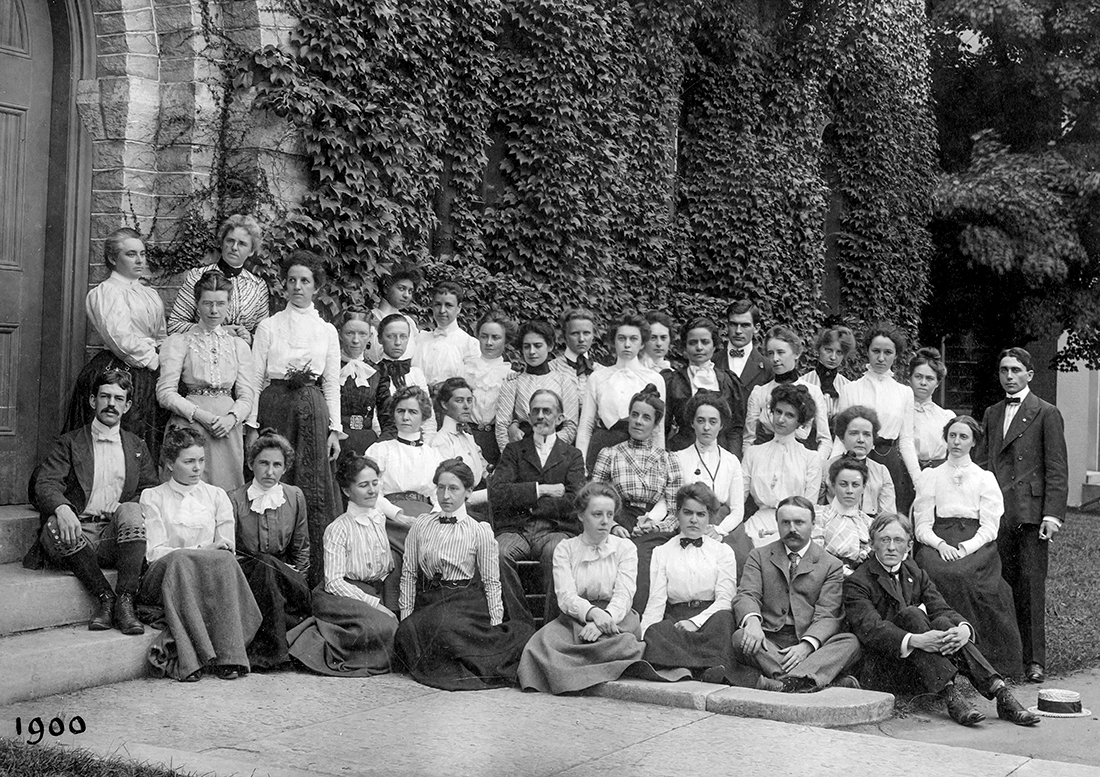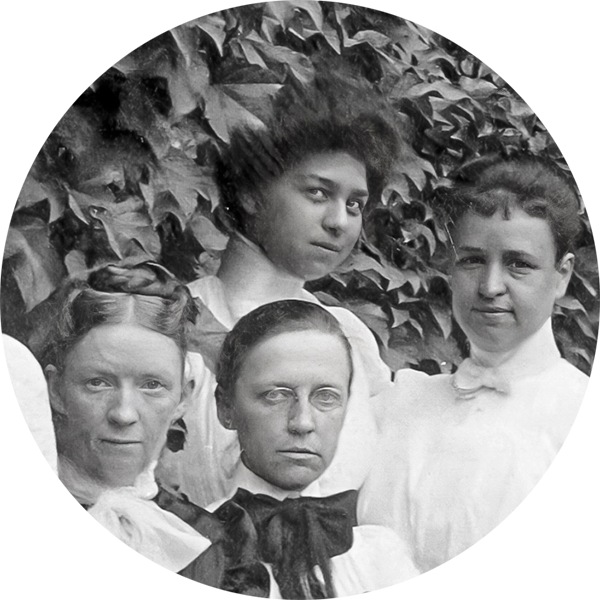
The words famous and librarian seldom show up in the same sentence. But Belle da Costa Greene was emphatically both.
Greene, who lived from 1879 to 1950, built the preeminent collection of rare books, manuscripts and art for New York’s Morgan Library, and was the most trusted purchasing agent of the financier and collector J.P. Morgan. She was an expert in illuminated manuscripts. And she was lionized for her negotiating skills.
“She knows more about rare books than any other American,” said the Chicago Tribune in 1912. “She runs to Europe on secret missions, and [she’s] the terror of continental collectors’ agents.” Greene helped make the Morgan the world’s third-largest collector of works produced by English printer William Caxton, including 15th-century editions of Chaucer.
Greene was covered often and fawningly in the day’s media, and her likeness was photographed, painted and sculpted by various artists. With her arch quips and air of mystery, she cut a swath through Manhattan’s high society.

Amherst has in its archives the oldest known image of Belle da Costa Greene, who spent a summer studying at the College.
She was also a person of mixed racial heritage who passed for white. That part of her story has taken on greater depth as new knowledge has cropped up.
And this is where Amherst literally enters the picture. College archivist Mike Kelly recently unearthed a photograph of Greene—which turns out to be the earliest known photograph of her in existence. It predates others by at least a decade and shows her in a transitional moment before she fully changed her name in order to pass as white.
The image was taken on the Amherst campus in July 1900. Greene is shown standing with her classmates in the College’s Summer School of Library Economy, which ran from 1893 to 1911 and offered courses in the burgeoning field of library science. Kelly found the image while combing Amherst’s archival material at the request of Philip Palmer, curatorial lead for an upcoming exhibit on Greene at the Morgan.
“The Amherst photograph is the most exciting discovery we’ve made while preparing for the exhibit,” says Palmer.
Greene’s original surname was Greener. She was one of five children of Richard T. Greener, a prominent member of Washington, D.C.’s Black community. He was the first Black graduate of Harvard, later dean of the Howard University School of Law and one of the nation’s first Black diplomats. Her mother was Genevieve Ida Fleet, a music teacher from a prominent Black family in Washington.
They moved to New York when Richard Greener became secretary of the association that raised funds to build Grant’s Tomb. The family’s decision to pass as white came about after the Greeners’ marriage fell apart and Richard moved overseas. In her 2007 biography of Greene, An Illuminated Life: Belle da Costa Greene’s Journey from Prejudice to Privilege, Heidi Ardizzone speculates that Genevieve thought she and her children would have a better chance to support themselves if they took on new identities.
To that end, writes Ardizzone, they switched from Greener to Greene. Belle and some of her siblings added the middle name “da Costa” to denote Portuguese ancestry, as a way to explain their darker complexion. Ardizzone adds that Greene would tell people she had Egyptian, Middle Eastern or Abyssinian as well as Portuguese roots, but it also appears it was an open secret to some that she had Black heritage.
Shortly after her summer at Amherst, Greene took a job at Princeton, in the university’s library, and met Junius Morgan, also a collector and nephew to J.P. Morgan. When Palmer began his research, he wasn’t sure how she’d ended up at Princeton—but Kelly may have solved that riddle. He figured out that the Princeton library’s head was an Amherst alumnus, Ernest Cushing Richardson, class of 1880.
At the time, Amherst “was clearly at the forefront of library education and of the professionalization of librarianship,” says Kelly. Indeed, Richardson had worked in the stacks at Amherst for Melvil E. Dewey, class of 1874, creator of the Dewey Decimal system. Richardson and Dewey shared the prejudices of their era, which makes Greene’s ascent all the more notable, and complicated.
“The Amherst photo is incredible,” says Palmer. “In it, a lot of people are looking off to the side, and Belle is in the back, in the ivy. She’s looking right at us, though. It almost looks like she’s thinking, ‘You don’t know me—but one day you will.’’’
Photos from the Amherst College Archives